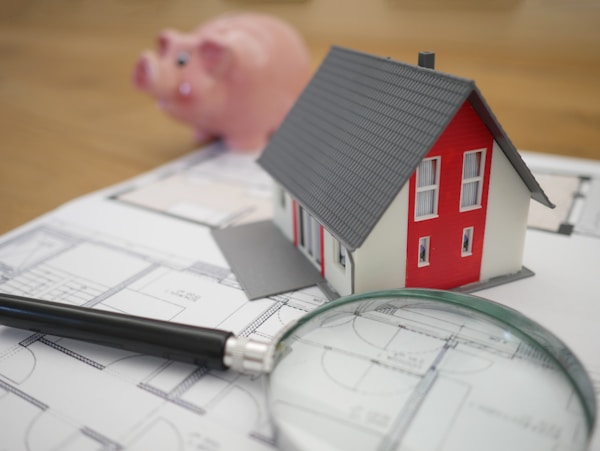Designing and constructing your dream home can be an exciting and rewarding experience. However, it also requires careful planning, choosing competent builders, and staying within budget. Fortunately, you aren’t completely on your own. There are resources that can give you advice and inspiration. In this article, we will provide a comprehensive guide to help you navigate the complexities of building your dream home. Keep reading to learn more about the key factors to consider, from the initial planning stages all the way to making the final touches.
Choosing the Right Location

Finding the perfect location for your dream home is essential to ensuring that you enjoy your new residence. Several factors should be taken into consideration when searching for an ideal site. These include the availability of local amenities, such as shopping centers, schools, and healthcare facilities, as well as the accessibility of public transportation and other recreational facilities. It’s also crucial to keep in mind the neighborhood’s safety and security when selecting your home’s location.
Before finalizing your property selection, it’s recommended to consult a professional, such as a custom home builder, to evaluate the feasibility of your chosen location. These experts can provide valuable insights and advice to help you make informed decisions about new construction projects and your new home specifically. One option is to seek the expertise of a Cincinnati new home construction company, which can assist you in finding the perfect lot and designing a custom home that suits both your needs and preferences.
Another aspect to consider is how your desired lot will impact your home’s construction cost. Building on a sloped or uneven terrain may result in higher expenses due to increased groundwork and preparation. Moreover, it’s wise to research any zoning restrictions, building codes, and environmental regulations that may apply to your chosen location, as these could affect the types of structures allowed, as well as their size and placement on the lot.
Establishing a Budget and Financing Options

Building your dream home is a significant financial commitment, and as such, you need to establish a budget that accounts for all the potential expenses. This includes the cost of land, construction materials, labor, permits, and any additional expenses such as landscaping, interior design, and furnishings. Moreover, it’s advisable to allocate a contingency amount to cover unforeseen costs that may arise during the construction process.
Once you have a clear understanding of your budget, it’s time to explore the various financing options that may be available to you. Traditional mortgages, construction loans, and home-equity lines of credit are some of the funding sources you can consider. Keep in mind the interest rates, loan terms, and eligibility criteria for each funding option, as these factors will impact the overall cost of your home construction project. You also need to consider how much home maintenance will be needed after you move in.
It’s vital to do thorough research when seeking the most suitable financing option. Consult multiple lending institutions and compare their offers before making a decision. Seeking the advice of a financial consultant or mortgage broker can help you understand your financial situation and guide you toward the most appropriate funding solution for your dream home construction.
Communicating Your Vision to the Architect and Builder

Effectively communicating your vision and expectations to both the architect and builder is crucial to ensuring that your dream home becomes a reality. Start by providing a detailed overview of your preferred style, layout, and functional requirements, as well as any special features or customizations you desire. Compile a list of your must-haves and nice-to-haves, as this information will guide the design and construction process.
Don’t hesitate to provide visual references, such as photographs or drawings, to illustrate your ideas more clearly. This will allow the architect and builder to understand your aesthetic preferences and allow them to design a home tailored to your unique tastes. Moreover, be prepared to engage in open dialogue and provide feedback during the design process to ensure that your vision is accurately captured.
As you can see, building your dream home takes careful planning, diligent research, and effective communication. This process can be complex and time-consuming, but it is worth it to ensure that you get everything right the first time. By choosing the right location, establishing a budget, selecting a reputable builder, and clearly communicating your vision to the architect, you will be well on your way to creating the home of your dreams.







